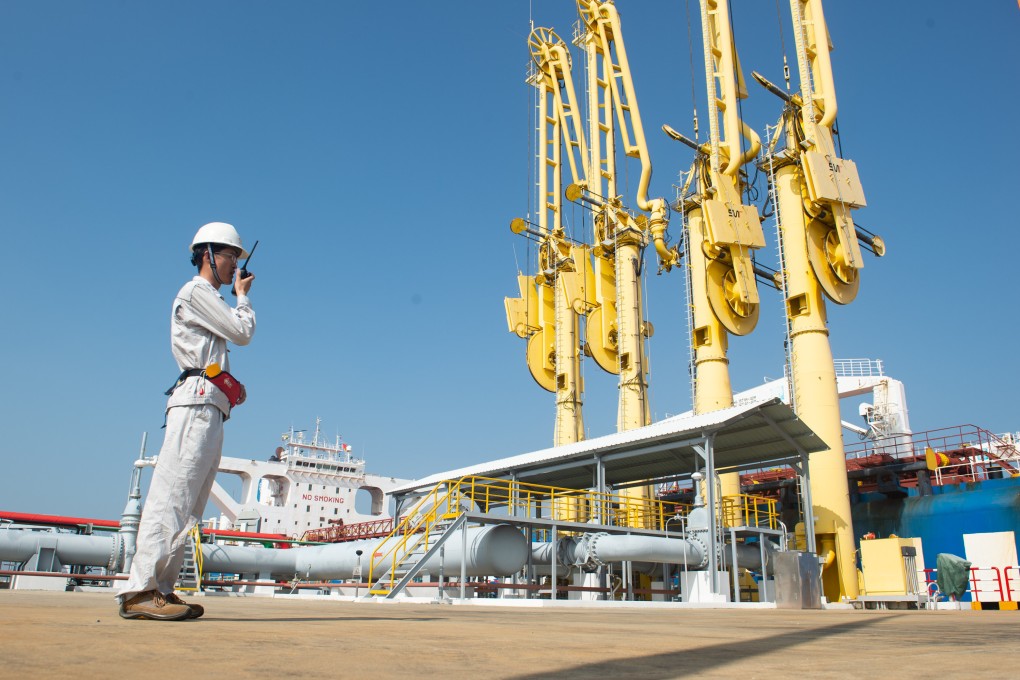Opinion | How will Covid-19 and the coup affect China’s belt and road investments in Myanmar and Southeast Asia?
- The initiative is likely to remain a cornerstone of Beijing’s foreign and economic policies, with energy and infrastructure investments a key priority
- However, Myanmar demonstrates that potential environmental, social and governance risks associated with megaprojects could be a long-term concern

Growing infrastructure and investment gap
Infrastructure investment is crucial to the economic growth and development of Asean member states. According to the Asian Development Bank (ADB), US$3 trillion of climate-adjusted investments will be needed from 2016 to 2030 to maintain the current development momentum in Southeast Asia. Although these investment needs vary by sector, energy is the largest, accounting for 56 per cent of the total projected investment need, followed by transport’s 32 per cent.
However, it is difficult for existing financial institutions, including the World Bank and the ADB, to fill this funding gap. ADB data indicates that there is an annual investment need of US$210 billion, but infrastructure spending in the region was only US$55 billion in 2018. This gap is set to increase due to the ripple effect of Covid-19 on Southeast Asian economies.
In general, to meet their growth objectives, Asean member states will have to attract more infrastructure investment, especially in their energy sectors. However, according to the Brookings Institute, traditional Western investments in Southeast Asia are either not keeping up with the region’s needs or are turning away from infrastructure. Although the barriers to investment in Southeast Asian infrastructure are the result of many factors, the most prominent ones are environmental, social and governance (ESG) risks.
